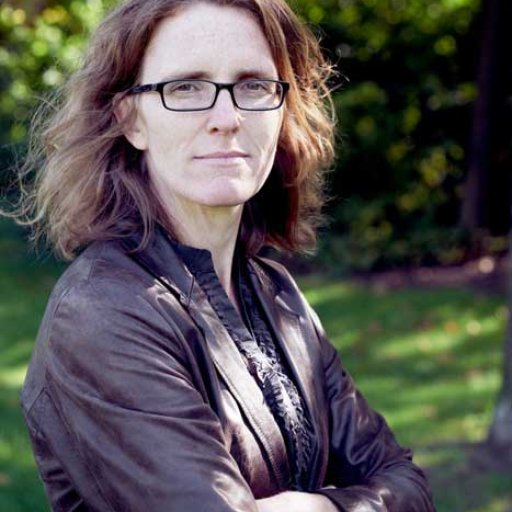Angela Glajcar
Angela Glajcar is a German artist who chooses paper as her main material to sculpt, proposing dueling analyses of the everyday medium. Started in 2005, her ongoing “Terforation” series is not just on paper, but also made of paper. The title, which comes from the union of two latin words: "terra" (earth) and "foramen" (hole), describes the geometric pure forms she constructs from standard size sheets of paper. The artist tears inner paths through overlapped layers of paper which are either laid on the floor, hung from above, or hung on the wall. These lacerations create dramatic shadows from the light within the hollows, transcending the biodimensional limits of the pages. Pure white paper–often considered fragile and delicate–takes on an unequaled strength and consistency in Glajcar’s works. The exact lines of the paper’s edges strongly contrast the receding inner rips, illustrating a human being’s dichotomy–always divided between rational and emotional sides.
Glajcar has created installations in public and private venues including St. Peter Kircke Station in Cologne, the cultural department of the city of Frankfurt, the museums of Ludwigshafen, Hof, and Berlin, the Papiermuseum in Steyrermuhl, the Wichtendahl Galerie in Berlin, and the Fondazione Amici di Castelbasso.
Courtesy of Eduardo …
Angela Glajcar is a German artist who chooses paper as her main material to sculpt, proposing dueling analyses of the everyday medium. Started in 2005, her ongoing “Terforation” series is not just on paper, but also made of paper. The title, which comes from the union of two latin words: "terra" (earth) and "foramen" (hole), describes the geometric pure forms she constructs from standard size sheets of paper. The artist tears inner paths through overlapped layers of paper which are either laid on the floor, hung from above, or hung on the wall. These lacerations create dramatic shadows from the light within the hollows, transcending the biodimensional limits of the pages. Pure white paper–often considered fragile and delicate–takes on an unequaled strength and consistency in Glajcar’s works. The exact lines of the paper’s edges strongly contrast the receding inner rips, illustrating a human being’s dichotomy–always divided between rational and emotional sides.
Glajcar has created installations in public and private venues including St. Peter Kircke Station in Cologne, the cultural department of the city of Frankfurt, the museums of Ludwigshafen, Hof, and Berlin, the Papiermuseum in Steyrermuhl, the Wichtendahl Galerie in Berlin, and the Fondazione Amici di Castelbasso.
Courtesy of Eduardo Secci





